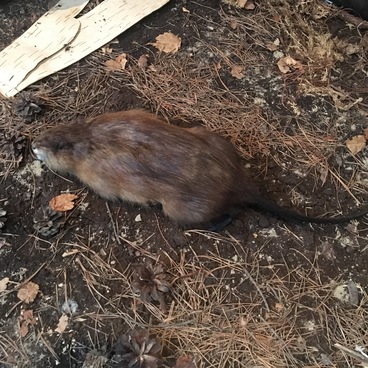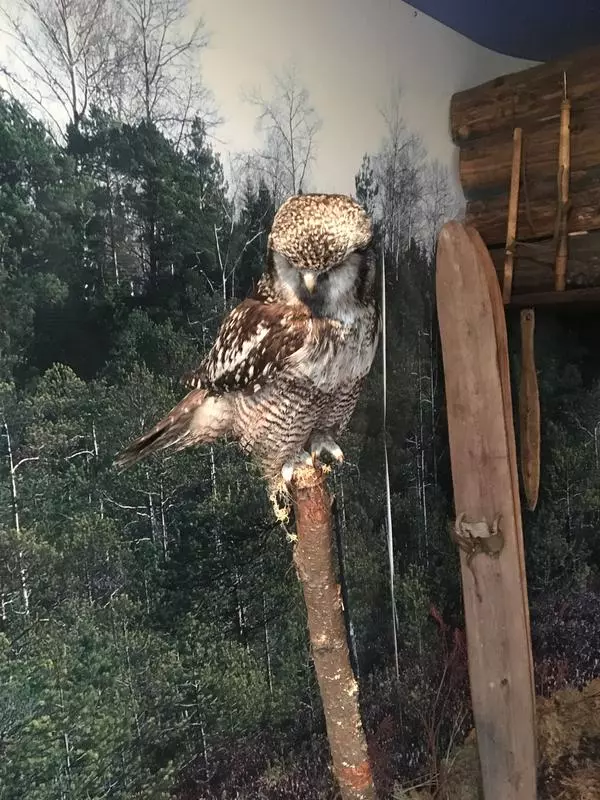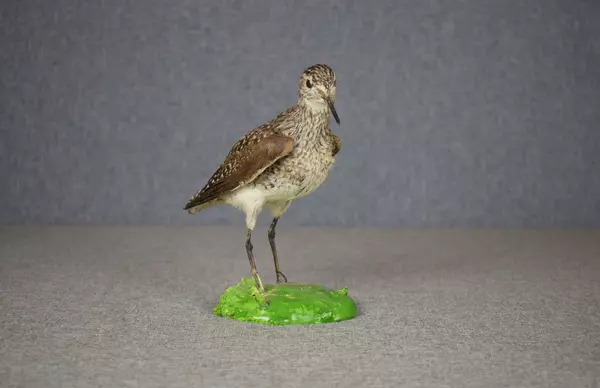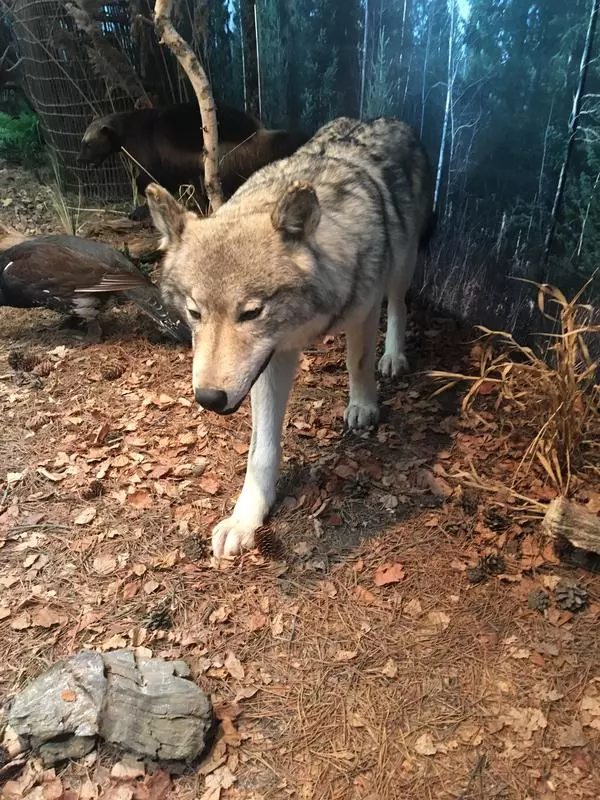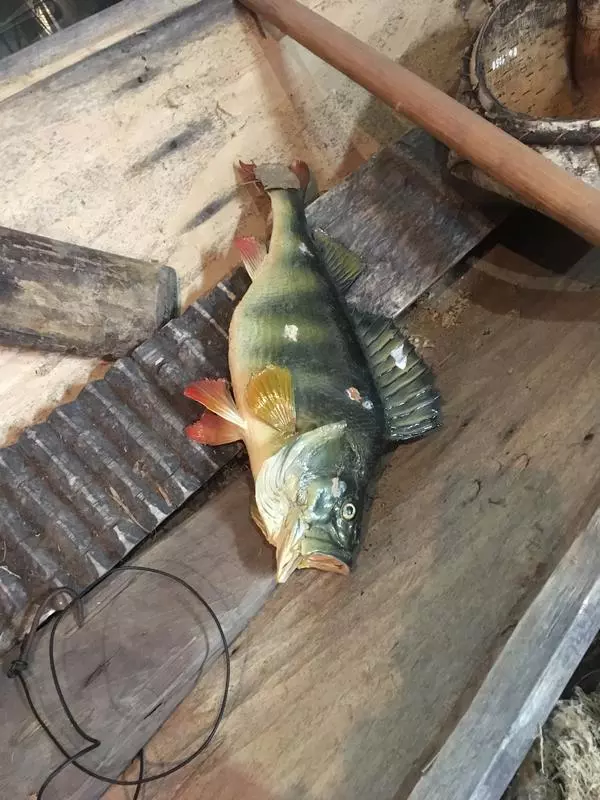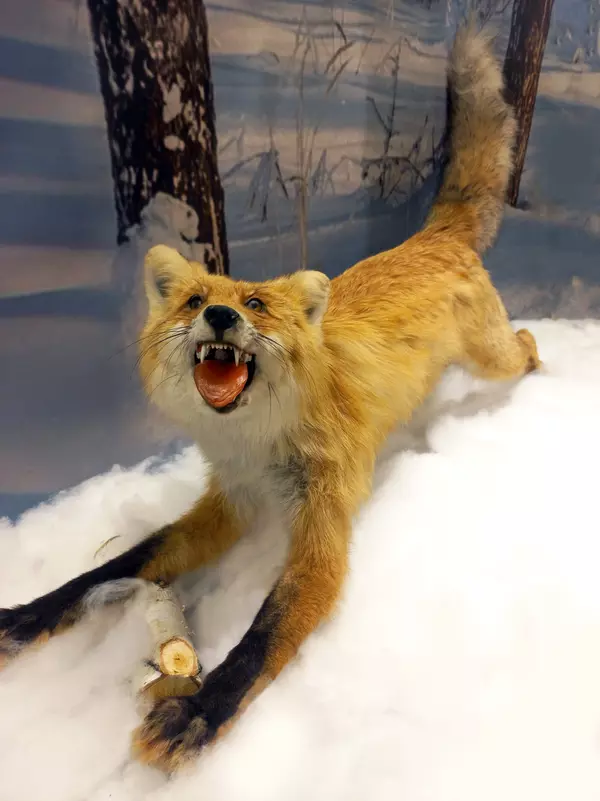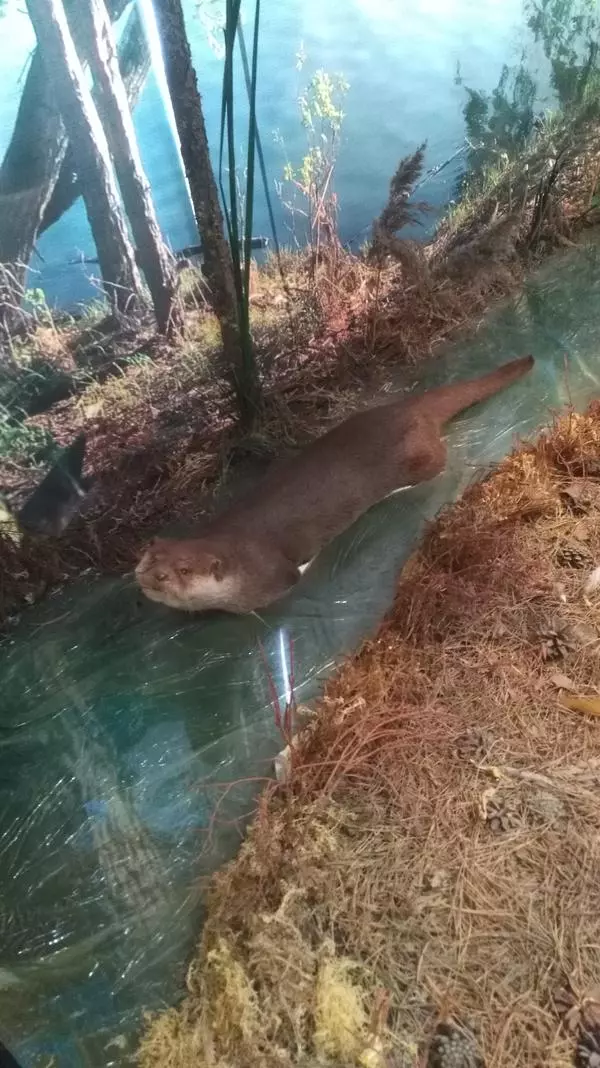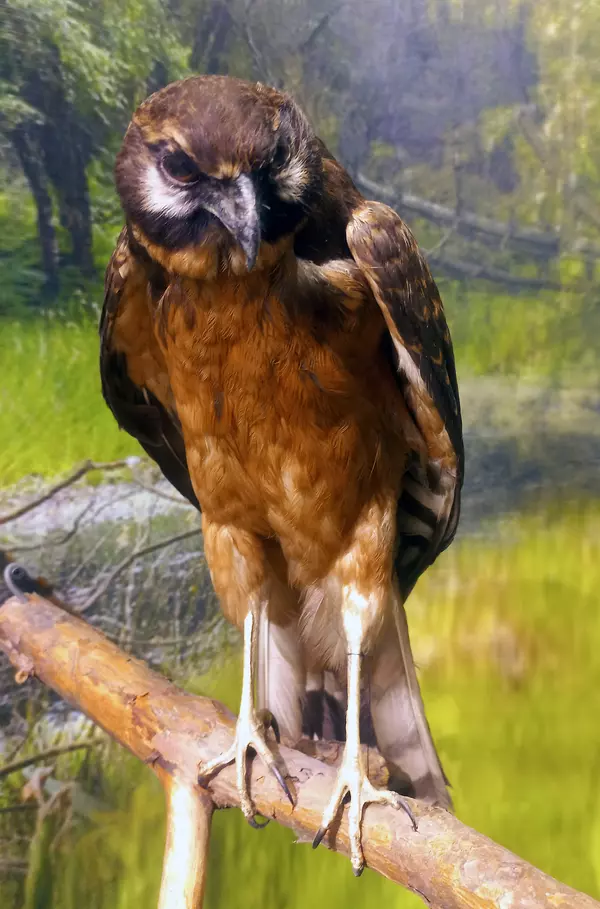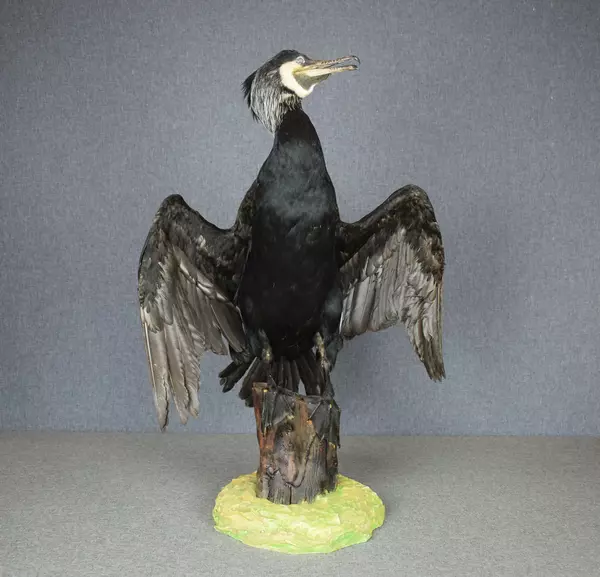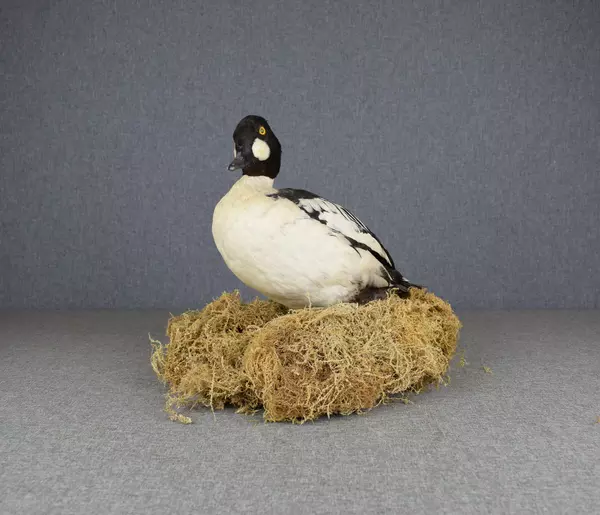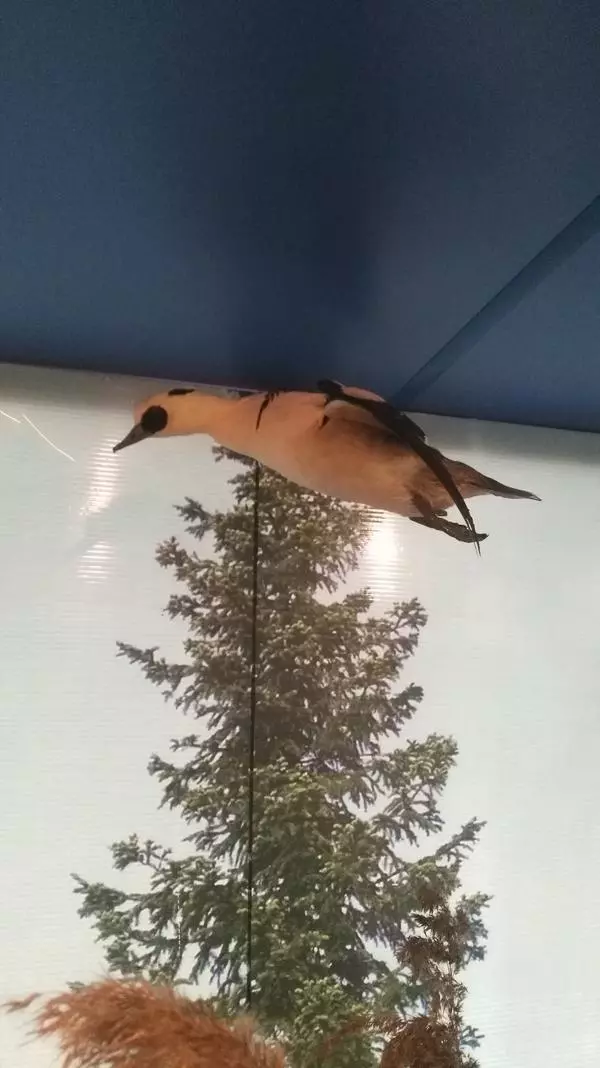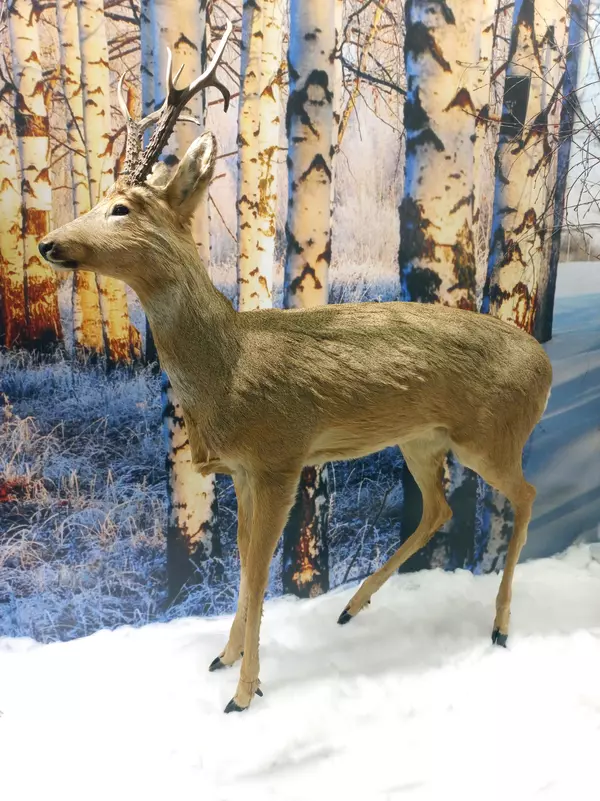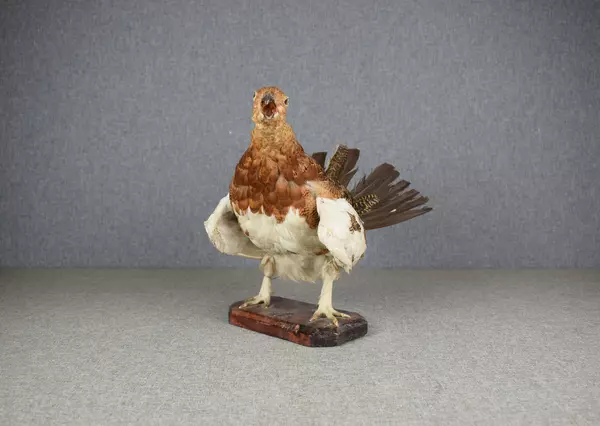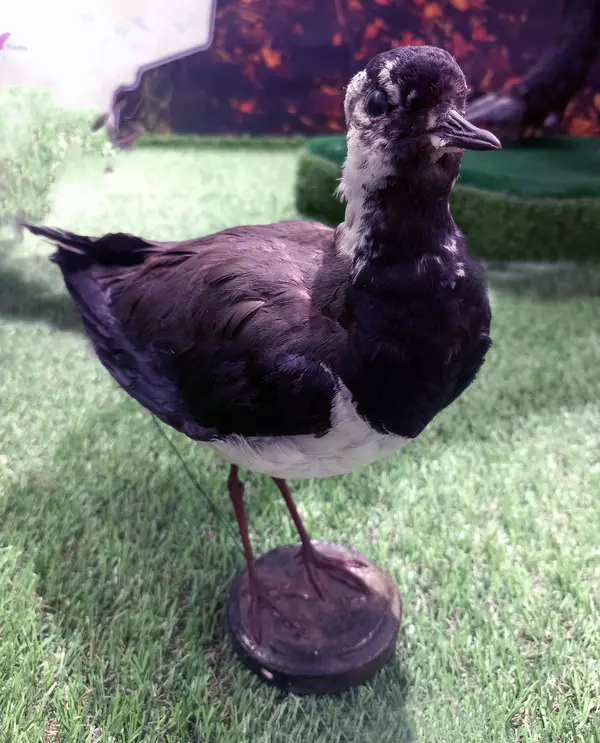The white-tailed sea eagle is the largest predator nesting in the Uvat district. The bird’s body length ranges from 70 to 90 centimeters, wingspan — from 200 to 230 centimeters, and it can weigh 4 to 7 kilograms. The white-tailed eagle often uses its wide wings for energy-saving soaring — upward air currents help it to do so.
The eagle’s favorite food is fish, which occupies the main place in its diet. But the food interests of the predator are not limited to it alone: it enjoys eating wild game and in winter often switches to carrion.
The white-tailed eagle changes hunting tactics depending on the type and size of the victim. It quickly catches up with the prey in flight or swoops down on it from above, traps it after watching for it from a tree or simply takes away from a weaker predator. The bird’s claws are armed with sharp curved talons to capture and hold the game. And with its strong hook-shaped beak, the eagle ruthlessly tears the victim apart.
The eagle’s nest is akin to a family estate: birds live there for decades with breaks for wintering. Gradually it is being completed and restored, so that it reaches an impressive size. These predators nest on river and lake shores overgrown with trees, or directly on rocks and river bluffs, where there is no suitable vegetation for nesting.
Eagles build their dwelling out of thick twigs, lining the bottom with pieces of bark, sticks, grass and feathers. It is usually assembled on a massive branch or fork. The main condition is to place the nest as high as possible, at a distance of 15-25 meters above the ground. This is how they protect themselves from ground predators. Although due to its size and strong beak, the white-tailed eagle is practically devoid of natural enemies.
Birds leave their traditional nesting places because of mass felling of old trees with well-developed crowns. They also often lack food in areas where poachers fish and shoot game.
The white-tailed eagle is a bird revered by northern peoples, and in the past strongmen used its tail feathers for arrows. In legends, the eagle often appears as a symbol of freedom, reliability and strength.
The eagle’s favorite food is fish, which occupies the main place in its diet. But the food interests of the predator are not limited to it alone: it enjoys eating wild game and in winter often switches to carrion.
The white-tailed eagle changes hunting tactics depending on the type and size of the victim. It quickly catches up with the prey in flight or swoops down on it from above, traps it after watching for it from a tree or simply takes away from a weaker predator. The bird’s claws are armed with sharp curved talons to capture and hold the game. And with its strong hook-shaped beak, the eagle ruthlessly tears the victim apart.
The eagle’s nest is akin to a family estate: birds live there for decades with breaks for wintering. Gradually it is being completed and restored, so that it reaches an impressive size. These predators nest on river and lake shores overgrown with trees, or directly on rocks and river bluffs, where there is no suitable vegetation for nesting.
Eagles build their dwelling out of thick twigs, lining the bottom with pieces of bark, sticks, grass and feathers. It is usually assembled on a massive branch or fork. The main condition is to place the nest as high as possible, at a distance of 15-25 meters above the ground. This is how they protect themselves from ground predators. Although due to its size and strong beak, the white-tailed eagle is practically devoid of natural enemies.
Birds leave their traditional nesting places because of mass felling of old trees with well-developed crowns. They also often lack food in areas where poachers fish and shoot game.
The white-tailed eagle is a bird revered by northern peoples, and in the past strongmen used its tail feathers for arrows. In legends, the eagle often appears as a symbol of freedom, reliability and strength.
